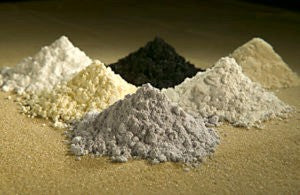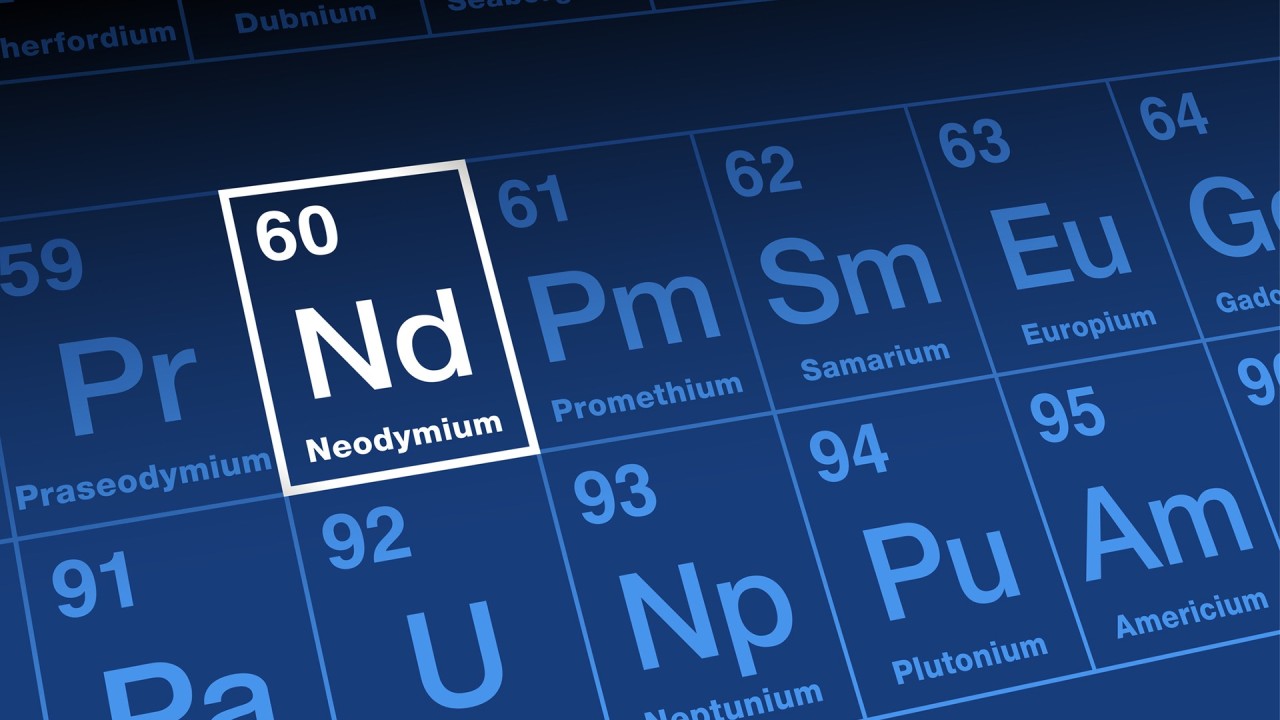- Audio speakers and headphones
- Computer disc drives
- DC motors
- Fishing reel brakes
- Guitar pickups
- Hand tools
- Linear actuators
- Magnetic resonance imaging (MRI) devices)
- Satellite systems
- Servo motors
- Traveling wave tubes
FEATURED POST
Rare Earth Magnets: What Isn’t in a Name

Rare Earth Magnets: What Isn’t in a Name
By Shalea Hardison
What makes rare earth magnets so rare? Well nothing really. It’s the history behind discovery of the rare earth elements that generated the name and two factors are thought to have contributed to this misnomer.
When rare earth elements (REE) were discovered, they were originally thought to be scarce because they are not located in concentrated pockets like other elements – hence the term rare earth. Fast forward a few decades it’s clear these elements are indeed plentiful, just not often found in concentrations able to be mined economically. In recent years, more than 124,000 tons of REEs were mined, with another 130 million in reserve worldwide.

Another reason for the moniker is the perceived difficulty in separating the desired element from the mined ore. Initial methods of isolating REEs from other minerals frustrated chemists. While we have a better understanding of how to process REEs, mining, and processing of REEs can be costly and complicated.
There are 17 rare earth elements, including the 15 elements in the lanthanide series and two other elements (Yttrium and Scandium because they are often found with the lanthanides in nature). Even the least abundant of the REE, thulium, is found with 200 times more abundant than gold. By contrast, neodymium is nearly as common as tin or zinc.
Found in the Earth’s crust and located on nearly every continent and in 79 countries, rare earth elements have been actively mined since the 1950s. But with the recent explosion in demand in the last two decades, Asia has largely dominated the mining of REEs. Currently, China is responsible for 95 percent of the production of rare earth materials and more than 35 percent of this is magnetic material.
Value in Rare Earth Magnets
REEs are valued for their strength, luminescence, and – of course- magnetic properties. The two most common rare earth elements in the magnetic industry are neodymium and samarium. The term rare earth magnets refer to two types of magnets: neodymium iron boron (NdFeB) and samarium cobalt (SmCo) magnets. Although, many people use neodymium and rare earth to mean the same thing. Each type of rare earth magnet has slightly different attributes, making them suitable for different applications.

In particular, rare earth magnets are touted for their unique strength. Rare earth magnets were patented by companies looking for stronger magnetic materials. Samarium cobalt was first patented by the U.S. Materials Laboratory in 1966, and again in 1972, by Raytheon. Neodymium magnets were patented in 1983, by General Motors, and it didn’t take long for the rest of the industry to see the value in rare earth magnets. With their superior strength, the applications are endless.
Rare Earth Magnets All Around Us
Today, nearly everything we turn on uses a rare earth magnet. Cell phones, laptops, tablets, and other electronic devices use rare earth magnets. Rare earth magnets were one factor that allowed manufacturers to develop smaller and smaller devices.
Electric and hybrid cars rely on batteries from rare earth compounds. Industries from manufacturing to medical to environmental also turned to rare earth magnets for their size, strength, and reliability. Manufacturers use rare earth magnets in the manufacturing process for separation and lifting.
Other common uses include:
Here are some additional references for more information on Rare Earth Magnets:











